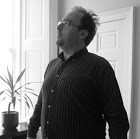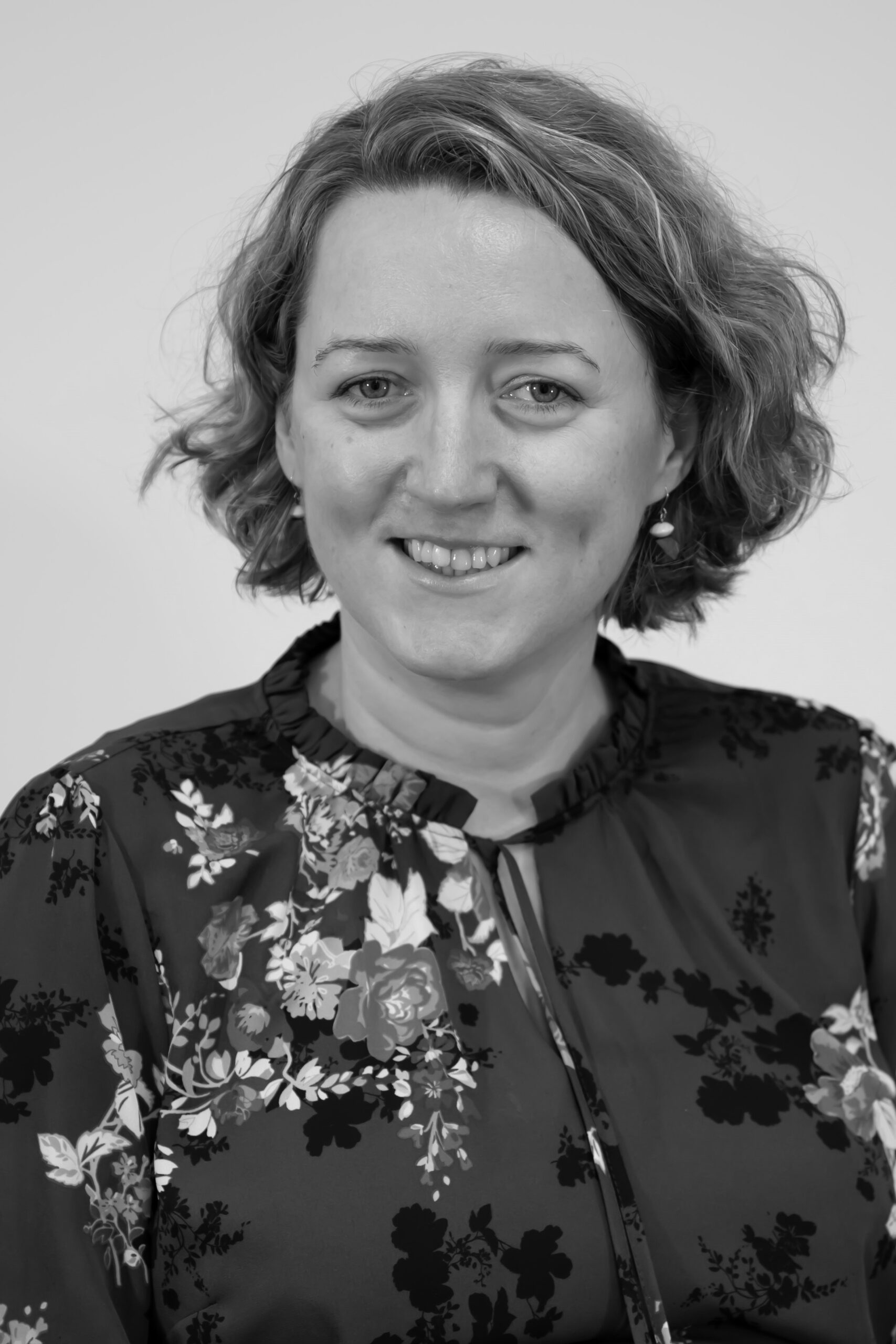
In this collaborative post, Marc Di Tommasi, Community Engagement Officer at the Centre for Open Learning, David August, Lecturer in Chemical Education at the School of Chemistry, and Ania Byerly, Lecturer in Language Education at the Moray House School of Education and Sport, collectively explore the critical role of community building in academia. They discuss innovative strategies that bridge gaps between the university and local community, enhance student engagement, and foster meaningful inclusivity across diverse cultural backgrounds. Situated within the wider context of The University of Edinburgh’s commitment to creating an inclusive and engaged academic environment, this post delves into the successful community-building initiatives that have significantly enriched the university experience. This post belongs to the Jan-March Learning & Teaching Enhancement theme: In-class Perspectives to Engaging and Empowering Learners
Introduction
Community building is often perceived as the least important part of the academic mission. Although the campus experience is touted as a fundamental part of the attraction of university life there is often the perception that it will be self-generated and that any involvement from staff will be counterproductive. In this piece we will argue that such perception ignores both significant challenges and promising opportunities.
First, we need to acknowledge the multifaceted nature of the university experience, the different levels of study and the different perspectives involved. These include not only students and staff but also the local community, whose role needs to be acknowledged, which contains a wide range of very diverse cultures, with different expectations and significant language barriers.
However, there are also unique opportunities. By fostering a more inclusive community we can create a richer academic environment. The feedback is unanimous, everybody involved wants more community events and consider their life bettered because of this. This aligns across academic success, engagement, language skills and overall happiness.
In this article we will bring forward three case studies, building on the experiences of the three authors, Marc Di Tommasi (Community Engagement Officer at the Centre for Open Learning), David August (Lecturer in Chemical Education at the School of Chemistry) and Ania Byerly (Lecturer in Language Education at the Moray House School of Education and Sport).
Marc Di Tommasi
It is important to remember that universities do not exist in isolation, so any community must be built with the local community in mind. Among the more disadvantaged areas of our city there is often the sense that the university is something alien that does not, and never will, engage with them. This can create stark divides and fuel a sense of alienation. On the other hand, for most international students the city itself is part of the attraction, they do not want to live separated from it, they want to be a part of it.
Building from these considerations within COL (Centre for Open Learning) we focused on bridging this divide. Starting with the creation of a new post of Community Engagement Officer, which I took three years ago, we started initiatives that were open to our learners but also to the wider community.
A big challenge has been to communicate our events and raise awareness. The usual channels are overcrowded, every week an astonishing number of emails and post are sent. Our experience shows that one way to ameliorate this is to collaborate with community groups and student societies. This resulted in a marked uptick in attendance (from single digits to more than a hundred on average per event) and very encouraging feedback. The series of Building Bridges and our Connected Communities event (part of Refugee Week Scotland) have been the high points of last year.
David August
UK universities have become increasingly reliant on the popularity of one-year postgraduate taught masters (PGT) courses. However, the diversity in previous undergraduate degree experiences and cultural backgrounds, coupled with the short length of the course, can create significant challenges when building community within these student cohorts.
At the School of Chemistry, we recently trialled a scheme in which two of our current PGT students were employed on a part-time basis as Community Champions. Their role was to plan and run culturally themed social events throughout the summer, including activities such as language cafes, group games and quiz nights, with an aim to celebrate diversity and develop community within the 50-70 students spread over the three MSc programmes.
Feedback has shown the events provided an opportunity for the different MSc programmes to get to know one another. Even though these students already shared classes and a joint study area prior to this scheme, for many this was the first time they were able to interact and shows that a shared environment alone may not always be enough to break down existing cultural or language barriers. This scheme has now been incorporated into our programme representative roles and we look forward to delivering similar events throughout 2024-25.
Ania Byerly
Postgraduate international students on Language Education-related masters face similar challenges to those in Chemistry. Many have never travelled before, have limited knowledge about Scotland or Edinburgh and can be apprehensive about exploring beyond the comforts of their dorms. However, as the number of PGT students in the Institute for Language Education is very high – averaging 450 between three MSc programmes – community building requires a different scale of thought.
To increase a sense of belonging, we have been holding ceilidhs once a year, without a band but with recorded music and a knowledgeable caller. Attendance is very high, and it really changes attitudes. Students laugh and play, leading to loosening of barriers with fellow students, increased interest in all things Scottish, and finding an outlet for their daily academic stresses. They ask us to organise more ceilidhs!
We also encourage students and staff to get out and about through organised large group outings. A walk to the top of Arthur’s Seat may sound simple enough, but many students haven’t been there. Tried and tested are trips to Dean’s Village, Newhaven, Portobello, Botanics, Edinburgh Christmas Market, and further afield to the Glasgow Kelvingrove Museum. These trips are safe first steps to exploring Edinburgh and the surrounding area. To promote further engagement with the local community, I also present them with regular lists of “things to see and do” in Edinburgh and beyond, compiled based on seasonal calendar and local knowledge. Broadening horizons sometimes ends up in students taking up local volunteering opportunities, giving back to the local community.
Conclusion
Building community can face challenges related to multiple factors: including a high percentage of students from a single country, different expectations of academic study, perceived cultural and language barriers, an unwillingness to explore the wider area, as well as lack of funding to support events to the extent that we would have liked to see.
However, many of the examples above require limited resources – there is even enthusiasm within the student community to run similar events as student led exercises. We find that events that take people outdoors or engage in positive social interactions in a relaxed environment really help create community and improve overall satisfaction.
There are many options within the University and the wider community to foster a shared sense of belonging—leading to improvements in academic success, engagement, language skills and overall happiness for all. Take the opportunity where you can.
 Marc Di Tommasi
Marc Di Tommasi
Marc Di Tommasi is a dedicated educator and researcher with a passion for community engagement and teaching. He has been a Teaching Fellow at the University of Edinburgh for over a decade, where he has developed and delivered courses on European history, economic and social history, and statistics. Moreover, for the last three years he has been the community engagement officer at the Centre for Open Learning. His innovative teaching methods and enthusiasm have earned him multiple nominations for the “Best Overall Teacher” award by the Edinburgh Student Association.
Marc’s research focuses on historical migration, utilising quantitative analysis to reconstruct historical landscapes.
 David August
David August
David August is a Lecturer in Chemical Education in the School of Chemistry. His is currently the Academic Cohort Lead for all chemistry postgraduate taught (PGT) students and the Academic Lead for the School’s new analytical laboratory teaching facilities (ACIS). With a previous background in supramolecular chemistry, his research interests now include the impact of visuospatial skills on chemistry education, laboratory teaching practices and building community in international student communities.
Linkedin: linkedin.com/in/davidaugustchemistry
Bluesky: @davidpaugust.bsky.social
 Ania Byerly
Ania Byerly
Ania Byerly is a teacher educator, having worked with pre-service language teachers, primary school teachers and Early Years staff. She is interested in critical multicultural approaches to teaching young children, and in teachers’ attitudes and capacity for antiracist education in daily school practice. Ania is also passionate about educating teachers, parents, and children about the benefits of multilingualism and equipping them with tools of standing up to discrimination and racism collaboratively as school communities.
Website: https://www.ed.ac.uk/profile/ania-byerly
Email: ania.byerly@ed.ac.uk


